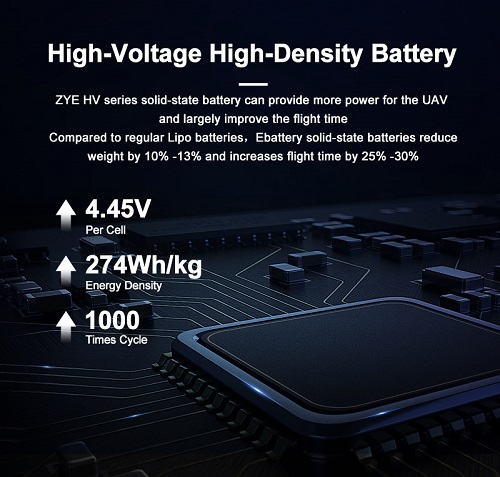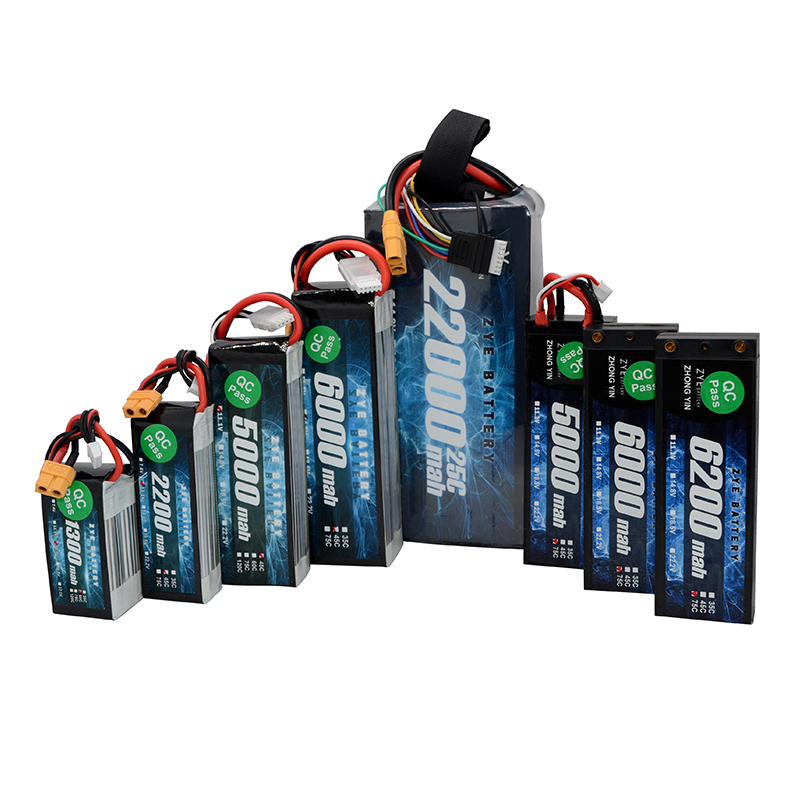Anode Materials in Solid State Cells: Lithium Metal vs. Silicon
The anode is a crucial component in any battery, and solid state cells are no exception. Two primary materials have garnered significant attention for use in solid state battery anodes: lithium metal and silicon.
Lithium Metal Anodes: The Holy Grail of Energy Density
Lithium metal anodes have long been considered the ultimate goal for battery technology due to their exceptional theoretical capacity. With a specific capacity of 3860 mAh/g, lithium metal anodes can potentially store up to ten times more energy than traditional graphite anodes used in lithium-ion batteries.
The use of lithium metal anodes in solid state battery cells offers several advantages:
- Increased energy density
- Reduced battery weight and volume
- Improved cycle life potential
However, lithium metal anodes also present challenges, such as the formation of dendrites and potential safety issues. These obstacles have been significant hurdles in the widespread adoption of lithium metal anodes in conventional liquid electrolyte batteries.
Silicon Anodes: A Promising Alternative
Silicon anodes have emerged as a compelling alternative to lithium metal in solid state cells. With a theoretical capacity of 4200 mAh/g, silicon offers significant improvements over graphite anodes while presenting fewer safety concerns compared to lithium metal.
Advantages of silicon anodes in solid state batteries include:
- High energy density (though lower than lithium metal)
- Improved safety profile
- Abundance and low cost of silicon
The main challenge with silicon anodes is their tendency to expand and contract during charging and discharging, which can lead to mechanical stress and degradation of the battery over time. However, the solid electrolyte in solid state cells may help mitigate these issues by providing a more stable interface between the anode and electrolyte.
How Do Solid State Cells Prevent Dendrite Formation?
One of the most significant advantages of solid state batteries is their potential to prevent or significantly reduce dendrite formation, a common issue in traditional lithium-ion batteries with liquid electrolytes.
The Dendrite Dilemma
Dendrites are needle-like structures that can form on the anode surface during charging, particularly when using lithium metal anodes. These structures can grow through the electrolyte, potentially causing short circuits and safety hazards. In liquid electrolyte batteries, dendrite formation is a major concern that limits the use of high-capacity anode materials like lithium metal.
Solid Electrolyte Barrier
Solid state cells address the dendrite issue through the use of a solid electrolyte. This solid barrier provides several mechanisms to prevent or mitigate dendrite growth:
Mechanical resistance: The rigid structure of the solid electrolyte physically impedes dendrite growth.
Uniform ion distribution: Solid electrolytes promote more even lithium ion distribution, reducing localized areas of high current density that can lead to dendrite nucleation.
Stable interface: The solid-solid interface between the anode and electrolyte is more stable than liquid-solid interfaces, reducing the likelihood of dendrite formation.
Advanced Solid Electrolyte Materials
Researchers are continuously developing new solid electrolyte materials to further enhance dendrite resistance. Some promising candidates include:
- Ceramic electrolytes (e.g., LLZO - Li7La3Zr2O12)
- Sulfide-based electrolytes (e.g., Li10GeP2S12)
- Polymer electrolytes
These materials are being engineered to provide optimal ionic conductivity while maintaining excellent mechanical and chemical stability to prevent dendrite formation.

Cathode Compatibility Issues in Solid State Cells
While much attention is focused on the anode and electrolyte in solid state battery cells, the cathode plays an equally crucial role in determining overall battery performance. However, integrating high-performance cathodes with solid electrolytes presents unique challenges.
Interfacial Resistance
One of the primary issues in solid state cells is the high interfacial resistance between the cathode and solid electrolyte. This resistance can significantly impact the battery's power output and overall efficiency. Several factors contribute to this interfacial resistance:
Mechanical contact: Ensuring good physical contact between the cathode particles and the solid electrolyte is crucial for efficient ion transfer.
Chemical stability: Some cathode materials may react with the solid electrolyte, forming resistive layers at the interface.
Structural changes: Volume changes in the cathode during cycling can lead to loss of contact with the electrolyte.
Strategies for Improving Cathode Compatibility
Researchers and engineers are exploring various approaches to enhance cathode compatibility in solid state cells:
Cathode coatings: Applying thin protective coatings to cathode particles can improve their chemical stability and interface with the solid electrolyte.
Composite cathodes: Mixing cathode materials with solid electrolyte particles can create a more integrated and efficient interface.
Novel cathode materials: Developing new cathode materials specifically designed for solid state cells can address compatibility issues from the ground up.
Interface engineering: Tailoring the cathode-electrolyte interface at the atomic level to optimize ion transfer and minimize resistance.
Balancing Performance and Compatibility
The challenge lies in finding cathode materials and designs that offer high energy density and long cycle life while maintaining excellent compatibility with solid electrolytes. This often involves trade-offs between different performance metrics, and researchers must carefully balance these factors to create optimal solid state battery cells.
Some promising cathode materials for solid state batteries include:
- Nickel-rich NMC (LiNixMnyCozO2)
- High-voltage spinel materials (e.g., LiNi0.5Mn1.5O4)
- Sulfur-based cathodes
Each of these materials presents unique advantages and challenges when integrated into solid state cells, and ongoing research aims to optimize their performance and compatibility.
Conclusion
The development of solid state battery cells represents a significant leap forward in energy storage technology. By addressing key challenges in anode materials, dendrite formation, and cathode compatibility, researchers and engineers are paving the way for safer, more efficient, and higher-capacity batteries.
As this technology continues to evolve, we can expect to see solid state batteries playing an increasingly important role in various applications, from electric vehicles to grid-scale energy storage. The potential benefits of these advanced cells make them a promising solution for our growing energy storage needs.
If you're interested in staying at the forefront of battery technology, consider exploring the cutting-edge solid state battery cell solutions offered by Ebattery. Our team of experts is dedicated to developing and manufacturing state-of-the-art energy storage solutions tailored to your specific needs. To learn more about how our solid state battery technology can benefit your projects, please contact us at cathy@zyepower.com.
References
1. Zhang, H., et al. (2022). "Solid-State Batteries: Materials, Design, and Interfaces." Chemical Reviews.
2. Janek, J., & Zeier, W. G. (2021). "A solid future for battery development." Nature Energy.
3. Manthiram, A., et al. (2020). "Lithium-Sulfur Batteries: Progress and Prospects." Advanced Materials.
4. Xu, L., et al. (2023). "Interface Engineering in Solid-State Lithium Metal Batteries." Advanced Energy Materials.
5. Randau, S., et al. (2021). "Benchmarking the performance of all-solid-state lithium batteries." Nature Energy.
























































